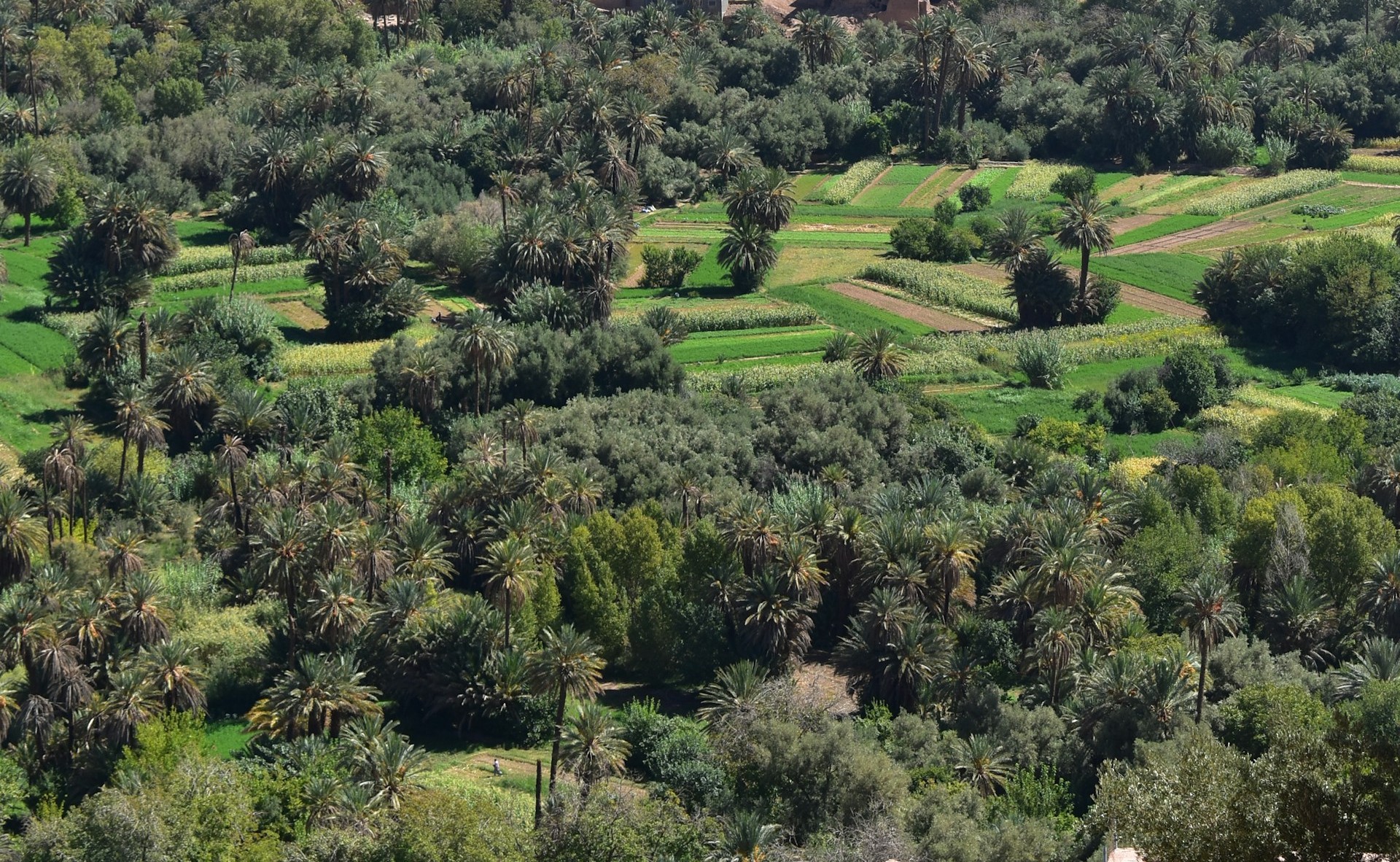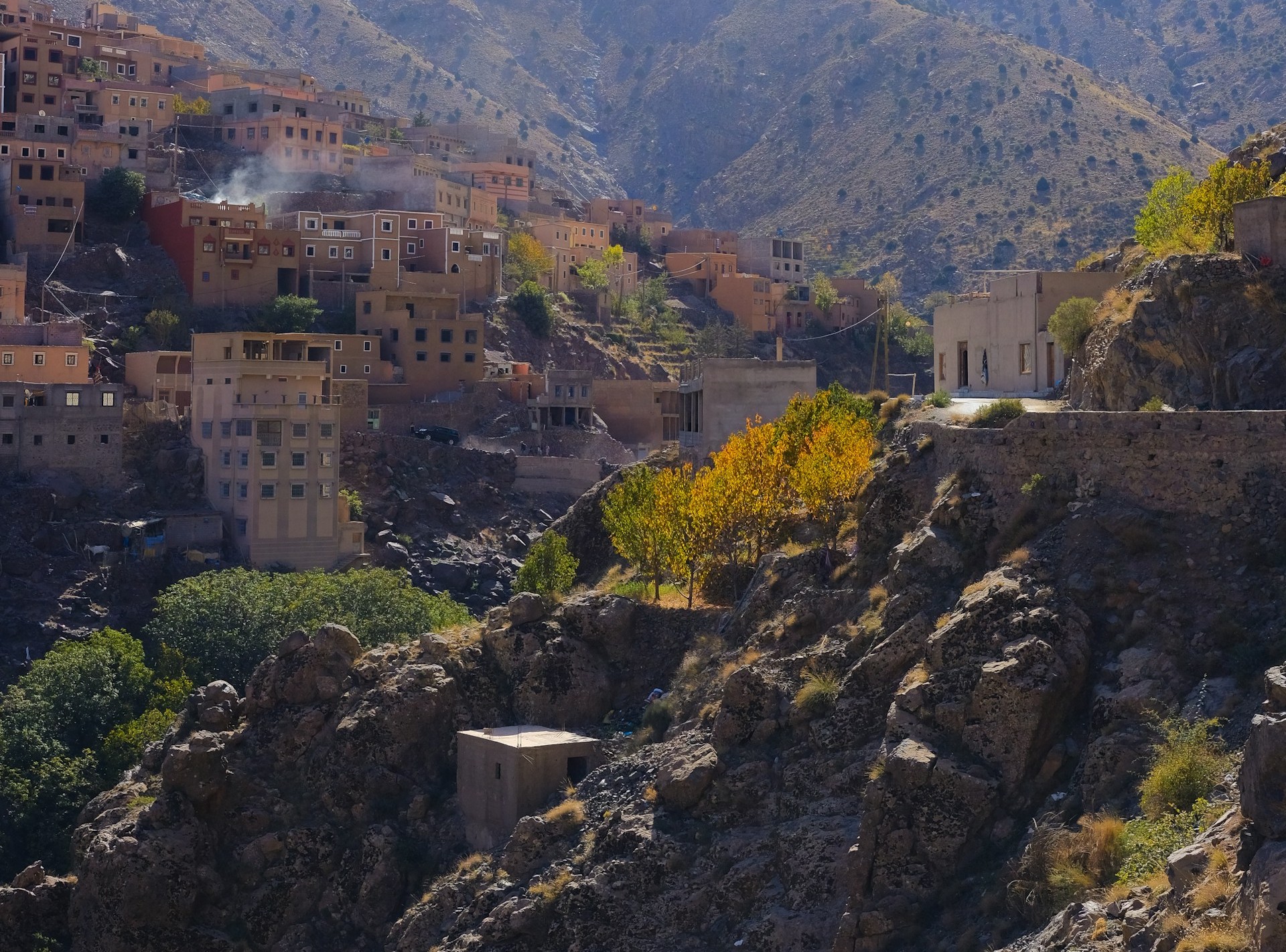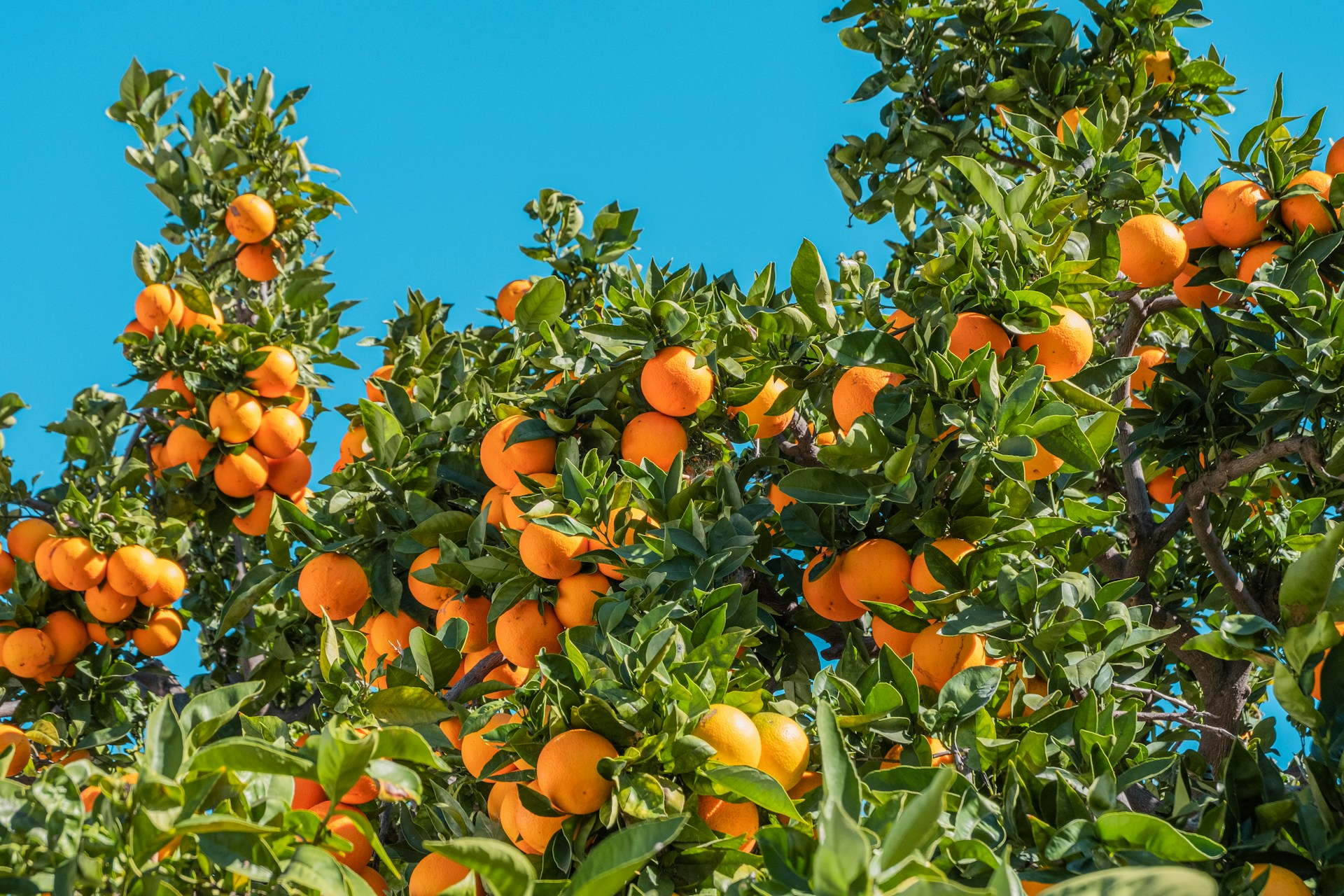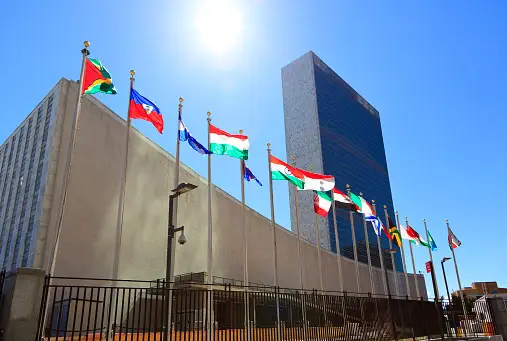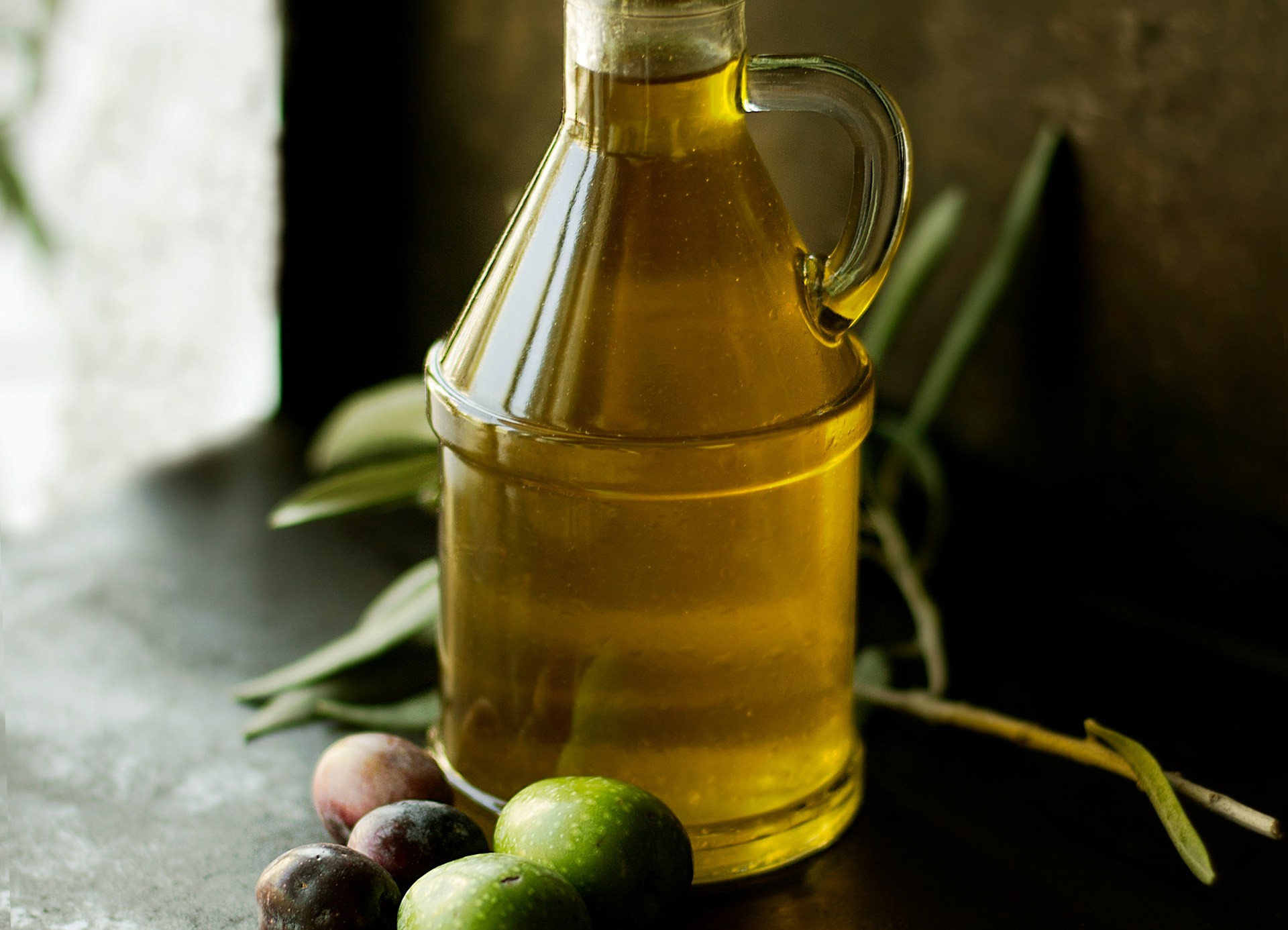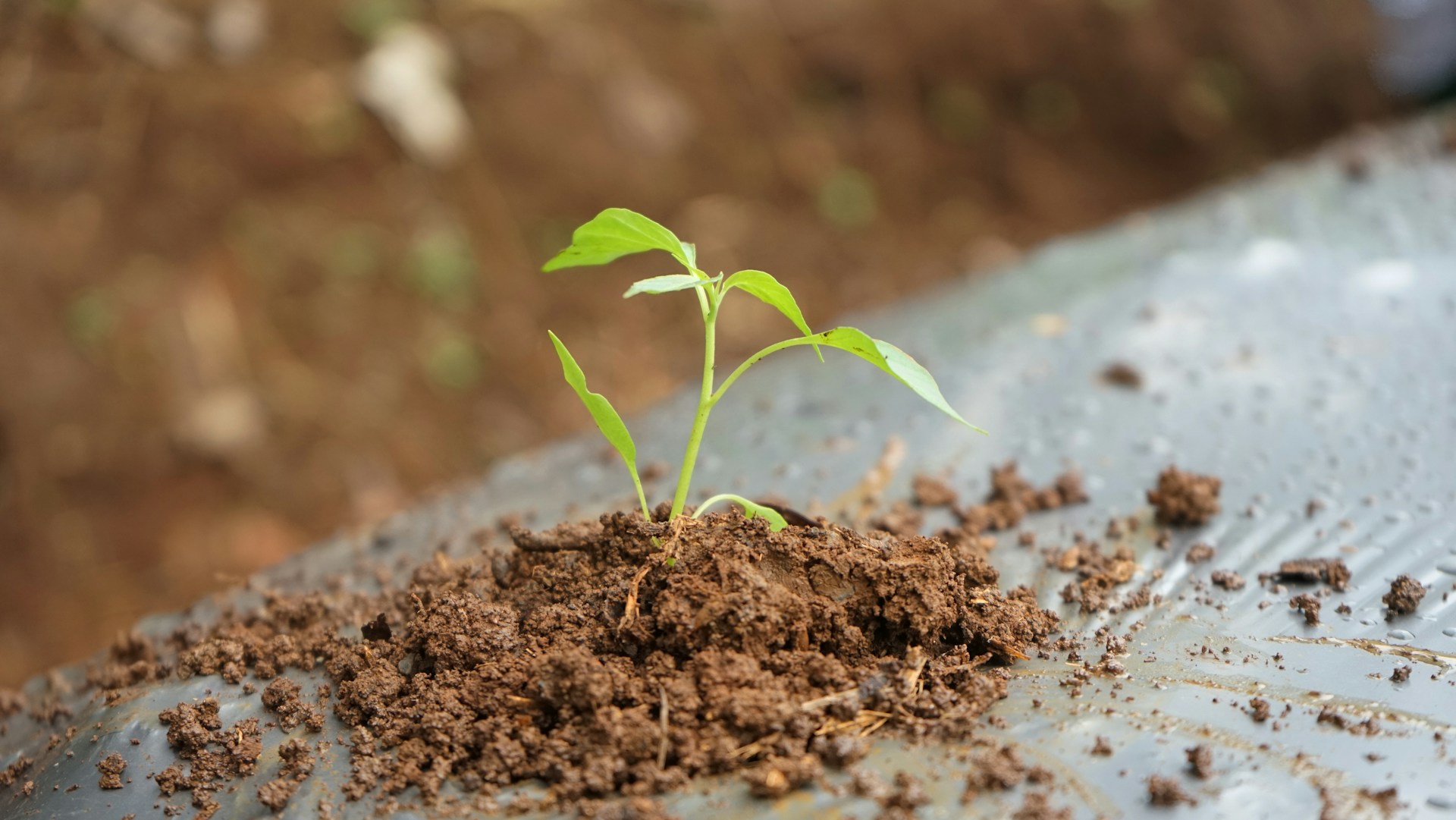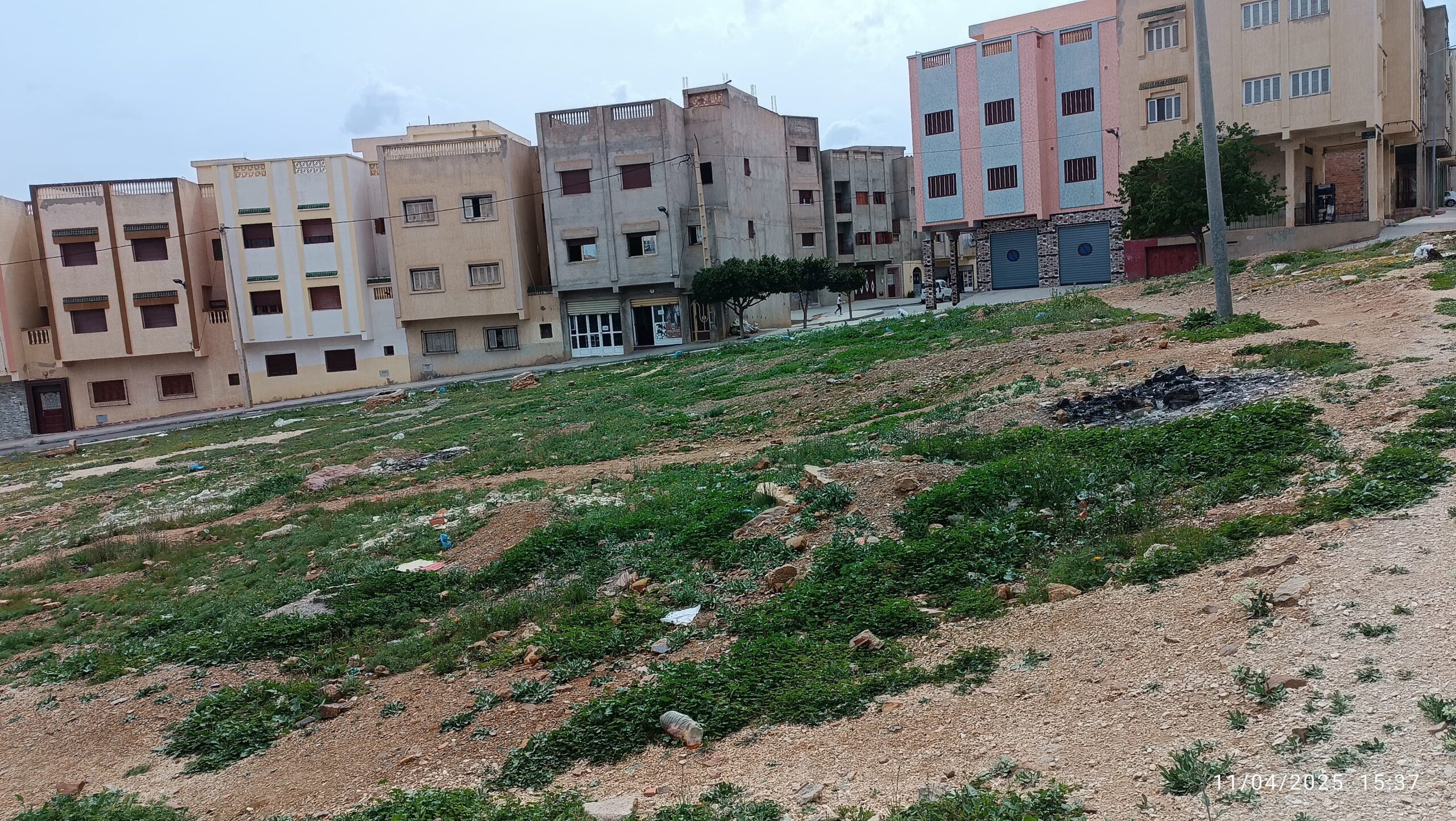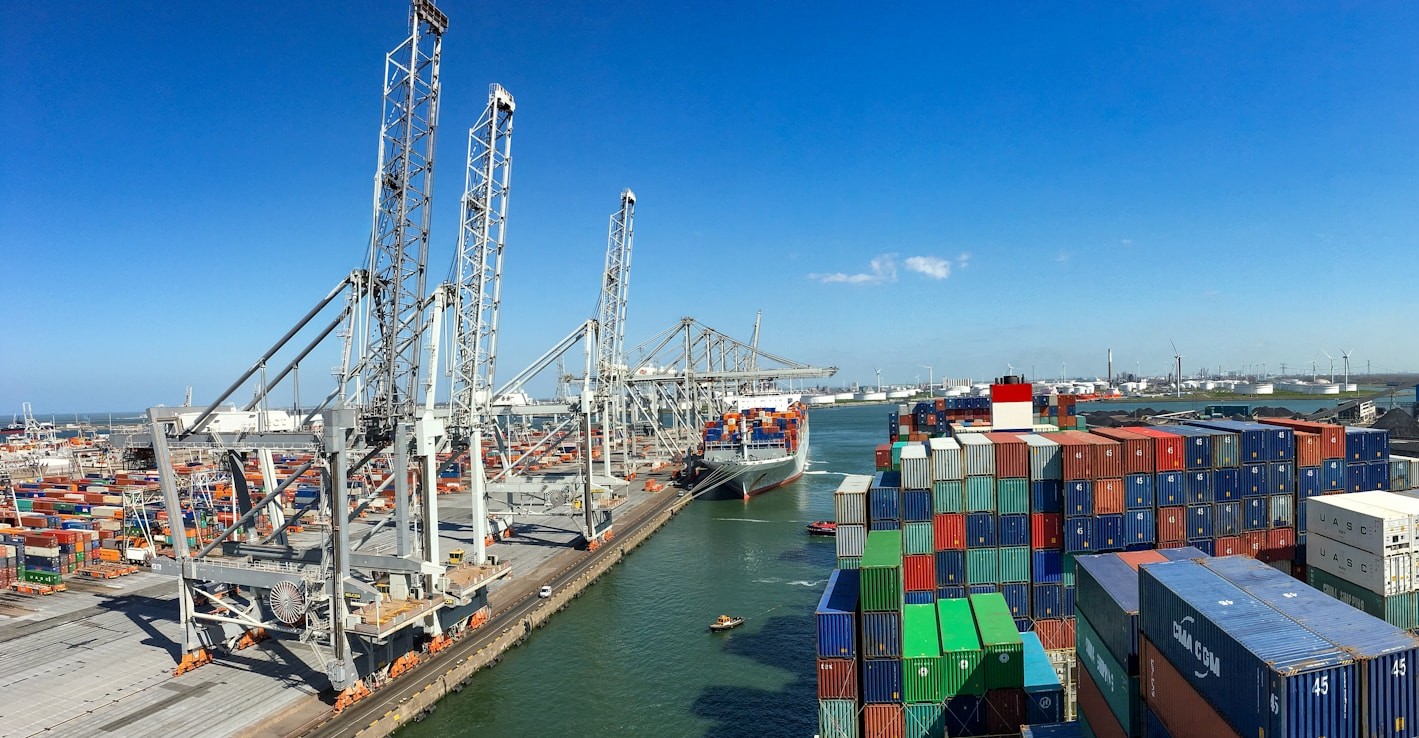Casablanca – Morocco’s citrus sector is heading into the 2025–2026 season with promising export forecasts, even as it grapples with one of the most severe water crises in decades. According to recent data from Morocco Foodex and Fresh Plaza, shipments are projected to reach about 669,000 tons, up nearly 10% from last season’s 610,573 tons.
Rising exports amid shifting competition
This growth comes at a time when Spain, Morocco’s main competitor in the citrus trade, is struggling with difficulties in its export campaigns and marketing efforts. The situation has created new opportunities for Moroccan producers to strengthen their presence in international markets, particularly in Europe where demand remains strong.
Citrus fruit is among Morocco’s most valuable agricultural exports. The sector generates more than $1.05 billion annually and provides employment for close to 200,000 workers. Local varieties such as the popular “Nadorcott” have become a hallmark of Moroccan citrus, enhancing its reputation for quality in global markets.
Water scarcity: The sector’s greatest challenge
Despite these positive export trends, the sector faces unprecedented challenges tied to water availability. The Souss-Massa region, a key production hub, has been particularly hard hit by rising salinity in irrigation water. Many farmers have been forced to uproot their orchards, while some large operations have shifted to alternative crops better suited to arid conditions.
Even major players have not escaped the crisis. The “Setatlas” estate halted production entirely, while “Delassus Citrus” invested heavily in desalination systems and replaced water-intensive citrus varieties, such as “Noor,” with grapes that are more resilient under scarce-water conditions.
Experts describe water scarcity as the most critical threat Morocco’s citrus sector has faced in decades, warning that without decisive reforms, the country could lose its strong position in international markets.
Strategic response: Desalination investments
To counter these risks, Morocco has embarked on one of the world’s largest seawater desalination programs. At the heart of this effort is the Agadir–Chtouka desalination plant, developed at a cost of about $465 million. The facility currently produces 275,000 cubic meters of water per day, with half allocated to agriculture.
Plans are underway to expand its capacity to 400,000 cubic meters daily, enough to irrigate 15,000 hectares of orchards. At the national level, Morocco aims to generate 1.7 billion cubic meters of desalinated water annually by 2030, of which 500 million cubic meters will be reserved for agriculture.
These initiatives form part of Morocco’s broader climate strategy, which includes commitments under the Adaptation of African Agriculture (AAA) initiative and its updated nationally determined contributions (NDCs) under the Paris Agreement. The country is also pushing for greater use of renewable energy, climate-smart farming practices, and more efficient irrigation systems.
Persistent risks and sector concerns
Still, several challenges remain. The high cost of desalinated water raises concerns that small-scale farmers could be left behind, as they may struggle to afford the higher operating expenses. Labor shortages continue to affect harvesting and packing, while plant health risks such as citrus greening disease (HLB) loom over the industry.
Added to these pressures are the rising costs of transportation and the need to comply with increasingly strict European import standards. These factors could erode competitiveness unless structural reforms are implemented.
A sector at a crossroads
Experts agree that Morocco’s citrus sector stands at a crossroads. On one hand, the country enjoys key advantages: its geographic proximity to European markets, strong technical expertise, high-quality fruit, and large-scale investments in desalination infrastructure. On the other, the structural challenges of water scarcity, rising costs, and global competition present real threats.
Sector leaders and analysts emphasize that the future of Moroccan citrus will rest on four pillars: innovation, water management, governance, and human capital development. Without progress on these fronts, Morocco risks losing momentum despite favorable export forecasts.
Outlook for 2025–2026
For now, the outlook for the 2025–2026 season remains positive. If projections hold, Morocco’s citrus exports will continue their upward trajectory, consolidating the country’s position as a top global supplier. With Spain facing persistent difficulties, Moroccan producers are well placed to capture additional market share. Yet the sector’s long-term future will depend on how effectively Morocco balances growth with sustainability. As water scarcity intensifies, the country’s ability to adapt through innovation and investment will determine whether citrus production can maintain its vital role in the national economy and global markets.
